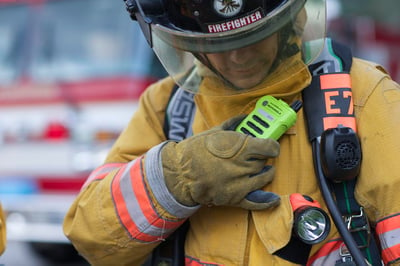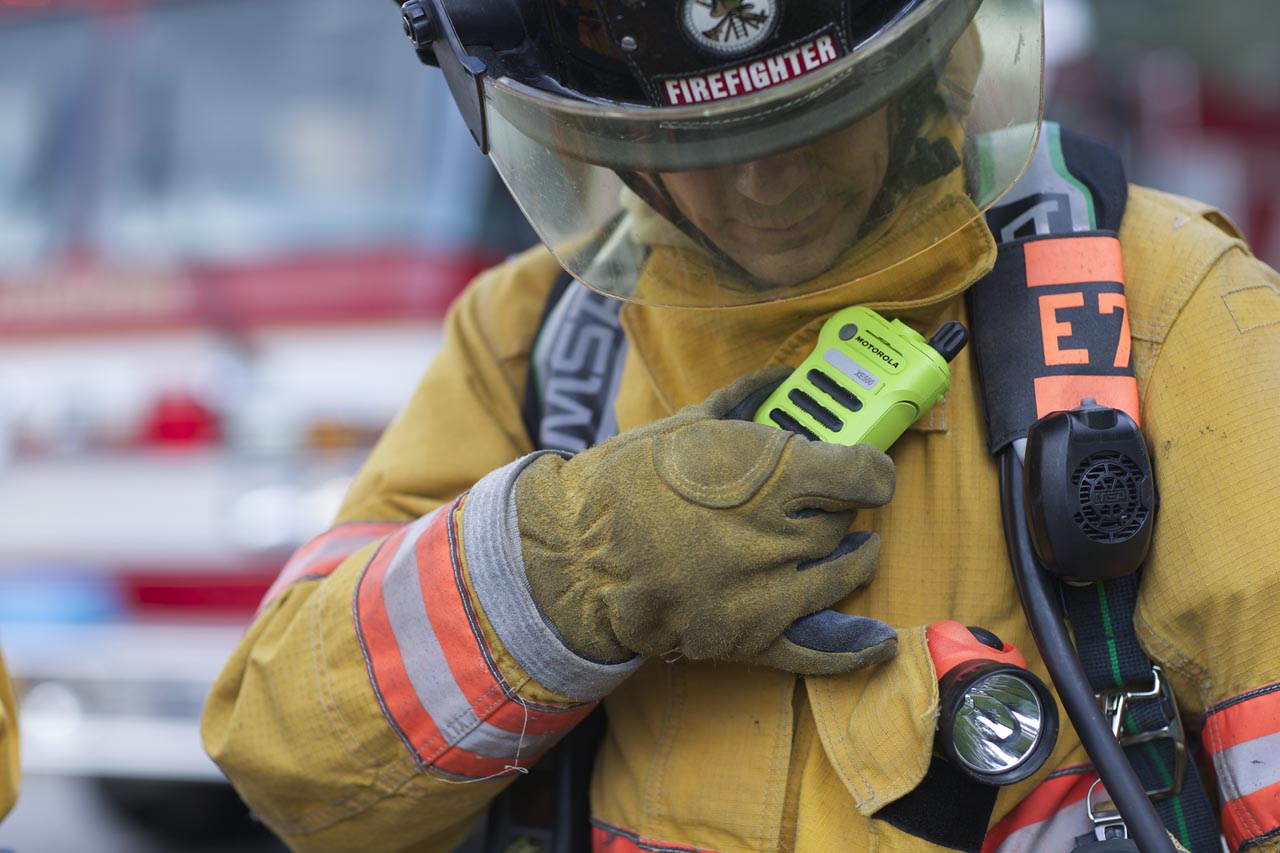 As two way radio makers roll out new products and features, they send a strong message for customers: We hear you.
As two way radio makers roll out new products and features, they send a strong message for customers: We hear you.
Manufacturers say recent trends – from high-visibility colors to more lightweight options – have been developed in response to feedback from customers across industries and use cases.
Here are some of the trends we're seeing for two way radios.
Bright is the New Black
Mike Petersen, director and general manager at Vertex Standard, joked in an interview about the broad range of color options that have traditionally been available for radios.
“We tell people that we offer radios in three colors: black, black and black,” Petersen told IWCE’s Urgent Communications at the 2016 electronics show.
He made the joke to introduce a new offering that he described as “high-visibility yellow.” The color was designed with education users in mind who might find that carrying a highly visible radio may deter bad behavior or incidents.
Motorola also offers brightly colored radios and accessories. For the public safety market, for instance, the impossible-to-miss APX 8000XE and APX XE500 Remote Speaker Microphone were built for and with firefighters and are available in bright neon. The consumer-focused Talkabout series also has radios available in neon blue, pink or yellow.
Slimming Down, Powering Up
It’s also becoming easier to find radios with smaller, more lightweight profiles that don’t sacrifice performance or ruggedness. The smaller but no less durable devices benefit a range of industries, from hospitality, education, retail to public safety.
Smaller devices also offer a comfortably accessible option for users making the savvy switch from smartphones to radios who are concerned about bulkiness or weight.
Software Enhancements
Software enhancements, especially those related to better data delivery, are expected to take a larger role for two way radios. As more players enter the market and existing manufacturers evolve, the range of features and functionality will continue to increase.
Take, for instance, Motorola’s ASTRO 25 Location on PTT, a feature that allows radios to transmit both voice and a user’s location simultaneously. No longer do users or dispatchers have to choose between voice and data for mission critical communications – both are available. Such advances will continue to transform the way that agencies use radios, and those changes will continue to influence how radios are developed.
Data can also now be transmitted to talk groups. Data is sent during downtimes when channels aren’t being used for voice communications, which still have priority. Text messaging for talk groups is also available, another step toward ensuring everyone on a team or squad receives the same information at the same time.
For commercial, utility and construction industry users, the expansion of data means an enhanced ability to deliver real-time updates from offices to the field, from work and service orders, to plans. Information transmitted over radio systems can already be sent via bluetooth to laptops and other mobile devices.
To learn more about creating and maintaining a successful two-way radios system, contact Chicago Communications to set up a free consultation.



